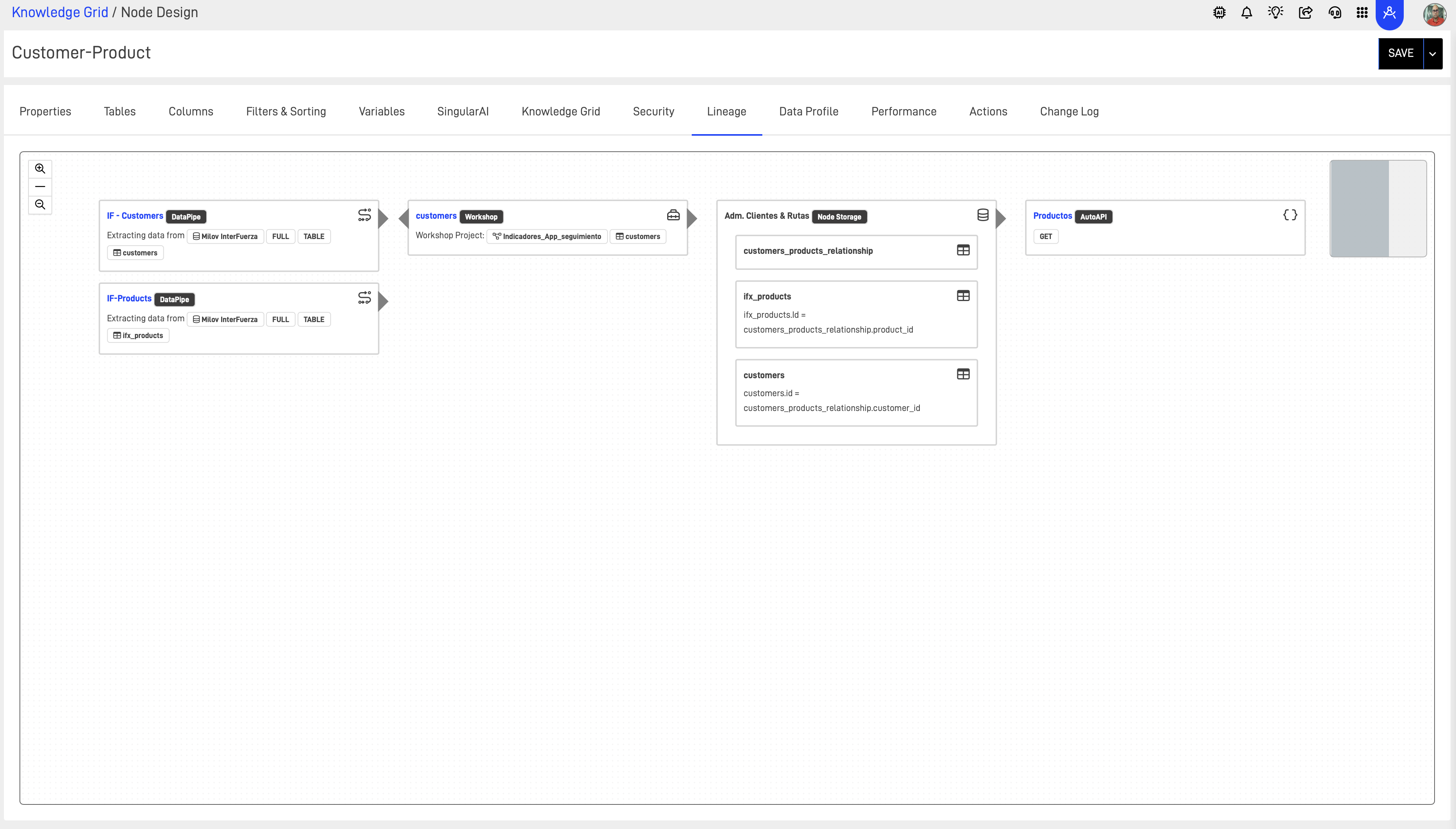Data Governance - Data Lineage and Provenance
Data lineage and provenance refer to the detailed history and lifecycle of data within an organization's data ecosystem. This includes tracking the origin of data, the various transformations it undergoes, and its final form in reports or analyses. Understanding data lineage and provenance is crucial for multiple aspects of data management, including data quality, governance, regulatory compliance, and operational efficiency.
Importance of Data Lineage and Provenance
1. Compliance and Auditing: Many industries are subject to regulations that require firms to maintain transparent records of their data processes. For example, financial institutions must comply with Basel III and Sarbanes-Oxley regulations, which require detailed auditing capabilities and transparency into the data used in financial reporting. Data lineage helps organizations prove compliance by providing a clear trail of data from source to destination, including all intermediate steps.
2. Debugging and Troubleshooting: When errors occur in processed data or reports, understanding the data’s lineage allows analysts and IT professionals to trace back through the data transformation pipeline to identify and correct the source of errors. This capability significantly reduces the time and effort required to resolve data quality issues.
3. Impact Analysis: Before implementing changes in the data architecture or business processes, organizations can use data lineage to assess potential impacts. For example, if a source database schema is to be altered, data lineage can help identify all downstream processes, reports, and analytics that will be affected.
4. Data Quality Management: By tracking where data comes from and how it is transformed, organizations can more effectively diagnose and improve data quality issues. This includes identifying sources of inaccuracies, inconsistencies, or outdated information.
Components of Data Lineage and Provenance
1. Source Data: The origin of data, whether from internal databases, external data providers, or other sources. This includes details about the initial data capture mechanisms and formats.
2. Data Transformations: All processes through which the data passes, including data cleaning, merging, aggregation, and any business logic applied. This also covers tools and technologies used for data processing, such as ETL tools, data pipelines, and workflows.
3. Intermediate and Final Data Stores: All storage points where data resides temporarily or permanently, including data warehouses, lakes, and marts. Lineage information includes how data moves between these stores.
4. Consumption: The end use of the data, such as in business intelligence reports, machine learning models, or operational applications. Provenance here includes who accesses the data and for what purpose.
5. Metadata Management: Alongside physical data flows, lineage and provenance also involve managing metadata, which describes the data’s attributes, relationships, and dependencies at each stage of its lifecycle.
The Data Linage for a KG node can be seen at the Linage Tab in the Settings options of any node, here you will see a graphical representation how the Node is feed, transformed, stored and shared thru out the AP ecosystem.

Updated about 1 year ago
